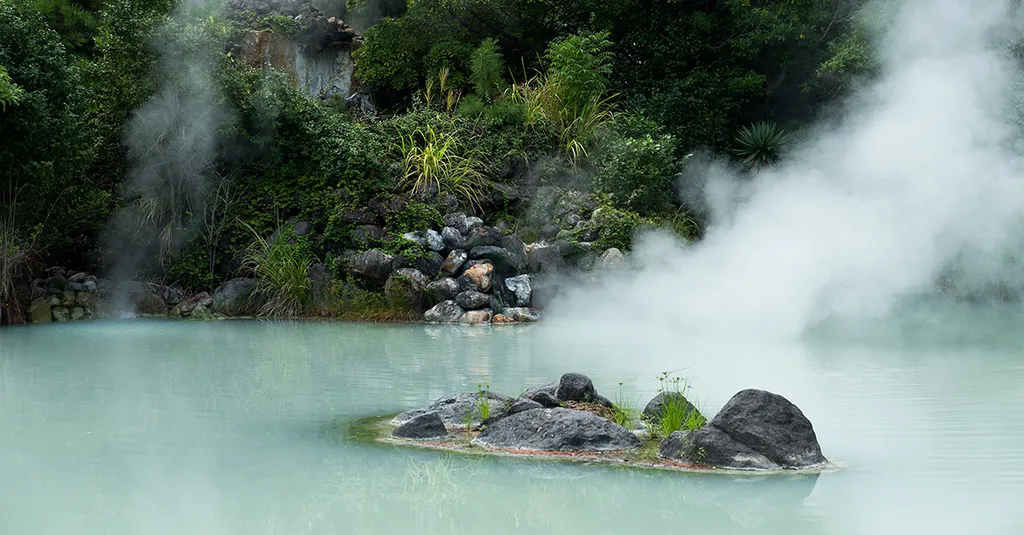In the rugged landscapes of Biru County, Xizang, a hidden treasure lies beneath the surface—one that could potentially reshape the energy sector’s future. The Gongzhu hot spring, nestled in this remote region, has long been a mystery, its hydrogeochemical characteristics and genetic mechanisms poorly understood. However, a recent study led by Kaijing Zhai from the Civil-Military Integration Center of China Geological Survey in Chengdu, Sichuan, is shedding light on this enigmatic resource, offering promising insights for geothermal energy development.
The study, published in the journal ‘Shuiwen dizhi gongcheng dizhi’ (translated to English as ‘Hydrogeology and Engineering Geology’), reveals that the Gongzhu hot spring’s geothermal water is primarily neutral to weakly alkaline, with a hydrochemical type of Cl—Na, indicating immature water. This chemical composition is largely influenced by the dissolution of evaporite and silicate minerals, as well as cation exchange. “The geothermal water is mainly recharged by atmospheric precipitation,” Zhai explains, “and based on corrected δD values, the calculated recharge elevations range from 5398 m to 5819 m, with a mean value of 5605 m.”
One of the most significant findings of this study is the identification of the geothermal water as a mixture of modern and ancient waters, characterized by prolonged residence time and distant recharge sources. This discovery opens up new avenues for understanding the dynamics of geothermal systems and their potential for energy extraction.
Using the silicon enthalpy model method, the research team estimated the temperature range of the thermal storage to be between 183−245 °C, with a cold water mixing ratio of 58.2%−89.8%. These findings suggest a medium high temperature geothermal system, which could be a valuable resource for energy production.
The study also proposes a genesis mechanism for the geothermal system, where precipitation in high mountain areas recharges the system, infiltrating through fractures in anticline trough zones, percolating to deep thermal reservoirs, and being heated through interaction with high-temperature rock masses or localized magmatic bodies. The heated groundwater then migrates upward along the structural fracture zone to form hot springs on the surface.
This research holds significant implications for the energy sector. By understanding the hydrogeochemical characteristics and genetic mechanisms of geothermal systems like the Gongzhu hot spring, we can better explore, evaluate, and utilize geothermal resources. As Zhai puts it, “This study can provide valuable insights for the scientific development and sustainable utilization of geothermal resources in the Biru Area, Xizang Plateau.”
The findings could pave the way for more efficient and sustainable geothermal energy projects, contributing to the global shift towards renewable energy sources. With further research and development, the Gongzhu hot spring could become a beacon of clean energy in the heart of the Xizang Plateau, illuminating the path towards a more sustainable future.

